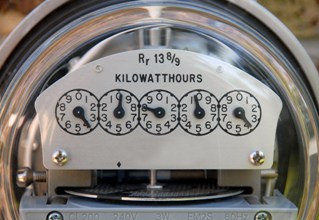High Efficiency Energy Production
 The methods used to generate and distribute energy also offer an important opportunity to increase efficiency and decrease greenhouse gas emissions. District energy, cogeneration and trigeneration are important strategies for high-efficiency energy production.
The methods used to generate and distribute energy also offer an important opportunity to increase efficiency and decrease greenhouse gas emissions. District energy, cogeneration and trigeneration are important strategies for high-efficiency energy production.
District Energy
District energy systems produce steam, hot water or chilled water at a central plant and distribute that energy to buildings for space heating, domestic hot water heating and air conditioning. This eliminates the need for tradition mechanical equipment at the building site resulting in more usable space and the reduction of project costs. A central plant can operate with greater flexibility at the district scale of operations and offer the ability to use a choice of conventional fuels and/or other renewable fuels.
Cogeneration and Trigeneration
Cogeneration, also know as combined heat and power (CHP), increases the efficiencies of power plants. Standard power plants use only 40% of fuel burned to produce electricity, while the remaining 60% is wasted. Cogeneration uses the wasted burned fuel to heat buildings. Trigeneration converts fuel into three useful energy products: electricity, steam or hot water, and chilled water. A trigeneration plant is often characterized as a cogeneration plant that also has absorption chillers. Any remaining waste heat from the cogeneration process, which would otherwise be lost, is recovered and used to chill water, which is subsequently used for building cooling and industrial processes.
